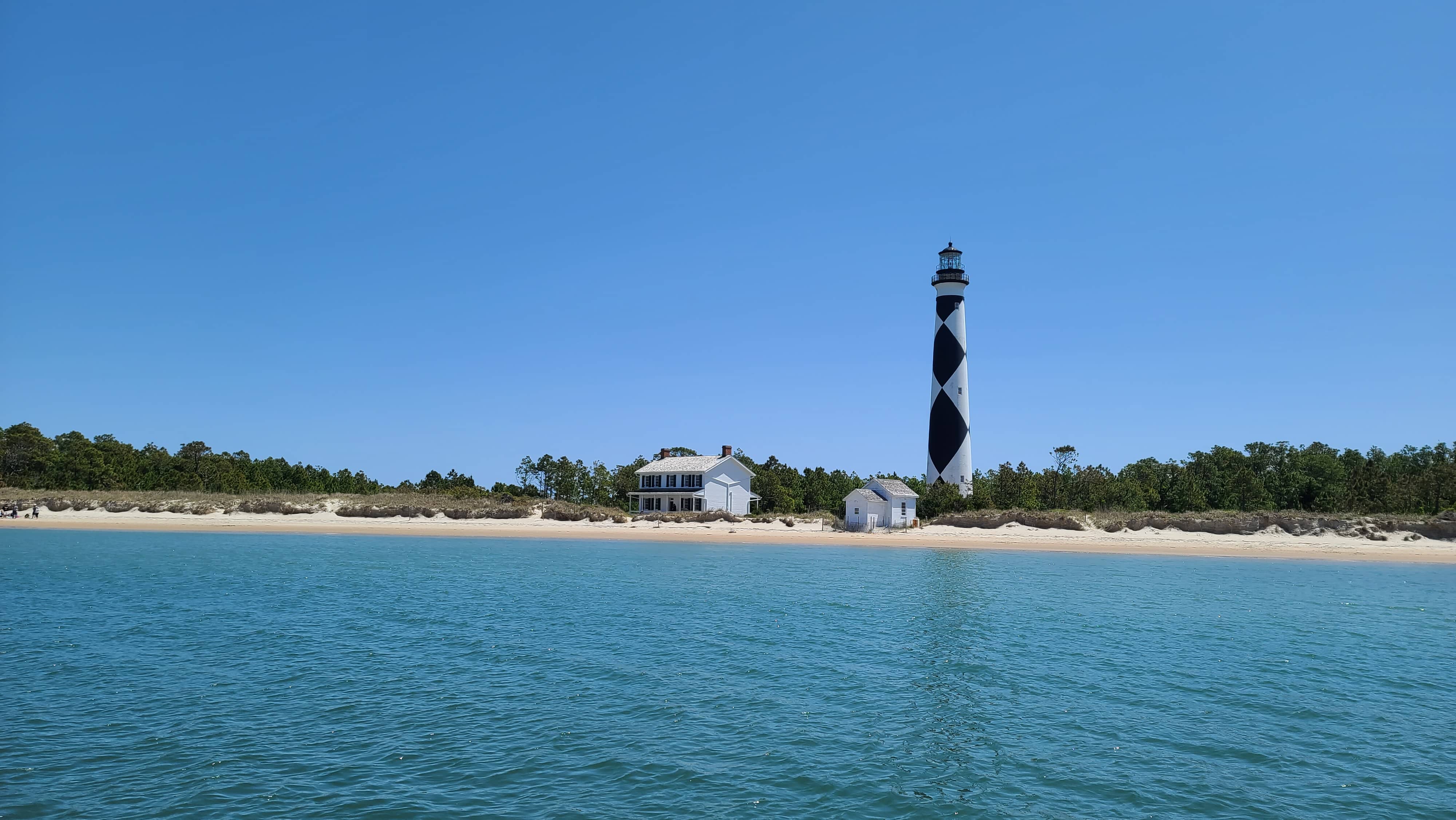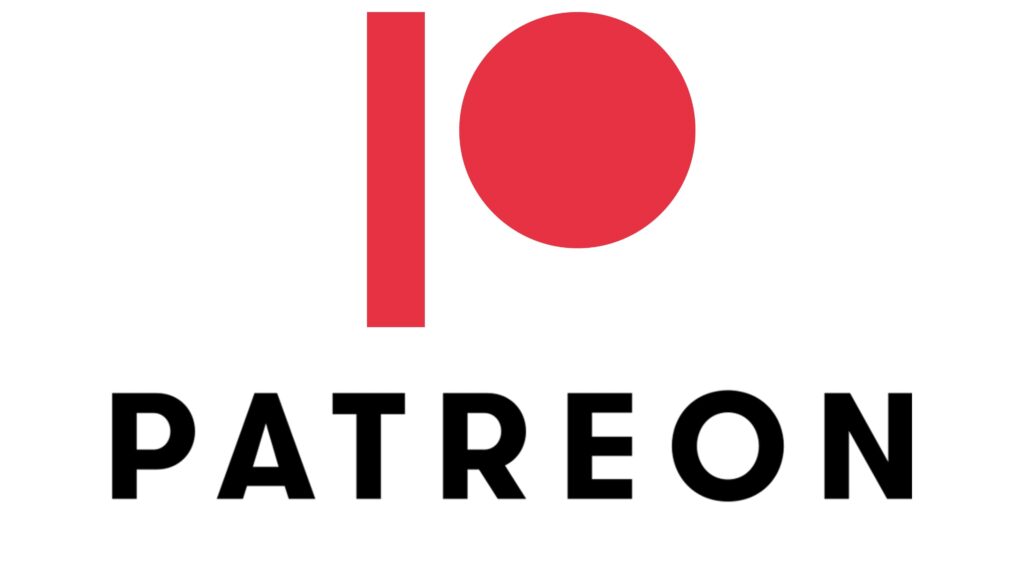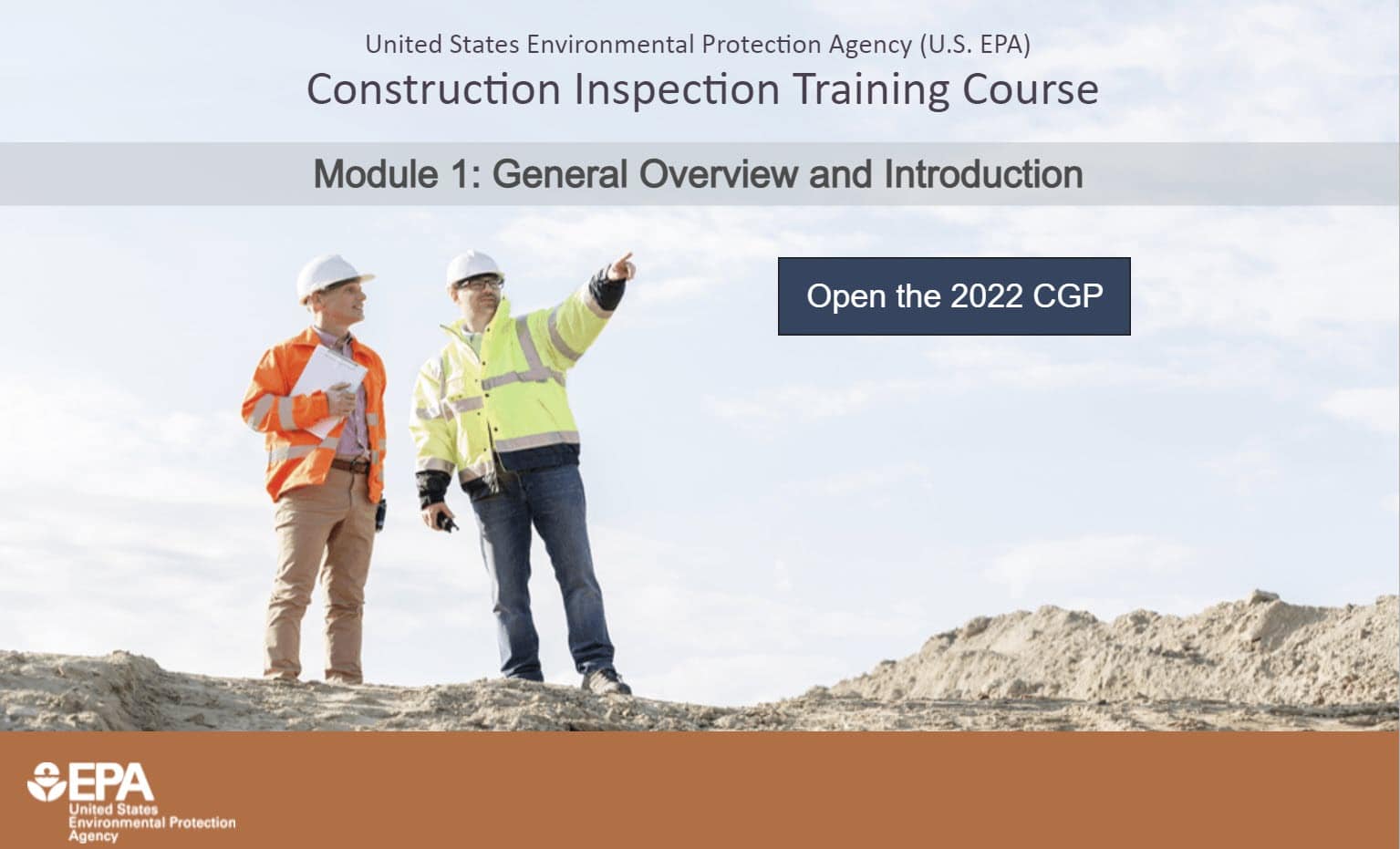
This week, the new Waters of the U.S. (WOTUS) rule was enacted. On December 30, 2022, the agencies announced the final “revised definition of ‘waters of the United States” rule. The rule was published in the Federal Register on January 18, 2023, and became effective on March 20, 2023.
The agencies developed this rule with consideration to the relevant provisions of the Clean Water Act and the statute as a whole, relevant Supreme Court case law, and the agencies’ technical expertise after more than 45 years of implementing the longstanding pre-2015 “waters of the United States” framework. This rule also considers the best available science and extensive public comment to establish a definition of “waters of the United States” that supports public health, environmental protection, agricultural activity, and economic growth.
There are numerous lawsuits and challenges to this rule. These come from both sides of the aisle and include several lobbying groups, environmental organizations, states, and tribes. In addition, we are still waiting to hear from the U.S. Supreme Court on the now-infamous Sackett case. This case directly challenges the new WOTUS rule.
The following is the new WOTUS rule. There are several pages associated with the rule, but this is the meat of it.
Part 328 Definition of Waters of the United States- Regulatory Text
- The authority citation for part 328 continues to read as follows:
- Authority: 33 U.S.C. 1251 et seq.
Definitions
- Revise § 328.3 to read as follows:
- For the purpose of this regulation these terms are defined as follows:
- a) Waters of the United States means:
- 1) Waters which are:
- (i) Currently used, or were used in the past, or may be susceptible to use in interstate or foreign commerce, including all waters which are subject to the ebb and flow of the tide;
- (ii) The territorial seas; or
- (iii) Interstate waters, including interstate wetlands;
- (2) Impoundments of waters otherwise defined as waters of the United States under this definition, other than impoundments of waters identified under paragraph (a)(5) of this section;
- (3) Tributaries of waters identified in paragraph (a)(1) or (2) of this section:
- (i) That are relatively permanent, standing or continuously flowing bodies of water; or
- (ii) That either alone or in combination with similarly situated waters in the region, significantly affect the chemical, physical, or biological integrity of waters identified in paragraph (a)(1) of this section;
- (4) Wetlands adjacent to the following waters:
- (i) Waters identified in paragraph (a)(1) of this section; or
- (ii) Relatively permanent, standing or continuously flowing bodies of water identified in paragraph (a)(2) or (a)(3)(i) of this section and with a continuous surface connection to those waters; or
- (iii) Waters identified in paragraph (a)(2) or (3) of this section when the wetlands either alone or in combination with similarly situated waters in the region, significantly affect the chemical, physical, or biological integrity of waters identified in paragraph (a)(1) of this section;
- (5) Intrastate lakes and ponds, streams, or wetlands not identified in paragraphs (a)(1) through (4) of this section:
- (i) That are relatively permanent, standing or continuously flowing bodies of water with a continuous surface connection to the waters identified in paragraph (a)(1) or (a)(3)(i) of this section; or
- (ii) That either alone or in combination with similarly situated waters in the region, significantly affect the chemical, physical, or biological integrity of waters identified in paragraph (a)(1) of this section.
- 1) Waters which are:
- a) Waters of the United States means:
- (b) The following are not “waters of the United States” even where they otherwise meet the terms of paragraphs (a)(2) through (5) of this section:
- (1) Waste treatment systems, including treatment ponds or lagoons, designed to meet the requirements of the Clean Water Act;
- (2) Prior converted cropland designated by the Secretary of Agriculture. The exclusion would cease upon a change of use, which means that the area is no longer available for the production of agricultural commodities. Notwithstanding the determination of an area’s status as prior converted cropland by any other Federal agency, for the purposes of the Clean Water Act, the final authority regarding Clean Water Act jurisdiction remains with EPA;
- (3) Ditches (including roadside ditches) excavated wholly in and draining only dry land and that do not carry a relatively permanent flow of water;
- (4) Artificially irrigated areas that would revert to dry land if the irrigation ceased;
- (5) Artificial lakes or ponds created by excavating or diking dry land to collect and retain water and which are used exclusively for such purposes as stock watering, irrigation, settling basins, or rice growing;
- (6) Artificial reflecting or swimming pools or other small ornamental bodies of water created by excavating or diking dry land to retain water for primarily aesthetic reasons;
- (7) Waterfilled depressions created in dry land incidental to construction activity and pits excavated in dry land for the purpose of obtaining fill, sand, or gravel unless and until the construction or excavation operation is abandoned and the resulting body of water meets the definition of waters of the United States; and
- (8) Swales and erosional features ( e.g., gullies, small washes) characterized by low volume, infrequent, or short duration flow.
- (c) In this section, the following definitions apply:
- (1) Wetlands means those areas that are inundated or saturated by surface or ground water at a frequency and duration sufficient to support, and that under normal circumstances do support, a prevalence of vegetation typically adapted for life in saturated soil conditions. Wetlands generally include swamps, marshes, bogs, and similar areas.
- (2) Adjacent means bordering, contiguous, or neighboring. Wetlands separated from other waters of the United States by man-made dikes or barriers, natural river berms, beach dunes, and the like are “adjacent wetlands.”
- (3) High tide line means the line of intersection of the land with the water’s surface at the maximum height reached by a rising tide. The high tide line may be determined, in the absence of actual data, by a line of oil or scum along shore objects, a more or less continuous deposit of fine shell or debris on the foreshore or berm, other physical markings or characteristics, vegetation lines, tidal gages, or other suitable means that delineate the general height reached by a rising tide. The line encompasses spring high tides and other high tides that occur with periodic frequency but does not include storm surges in which there is a departure from the normal or predicted reach of the tide due to the piling up of water against a coast by strong winds such as those accompanying a hurricane or other intense storm.
- (4) Ordinary high water mark means that line on the shore established by the fluctuations of water and indicated by physical characteristics such as clear, natural line impressed on the bank, shelving, changes in the character of soil, destruction of terrestrial vegetation, the presence of litter and debris, or other appropriate means that consider the characteristics of the surrounding areas.
- (5) Tidal waters means those waters that rise and fall in a predictable and measurable rhythm or cycle due to the gravitational pulls of the moon and sun. Tidal waters end where the rise and fall of the water surface can no longer be practically measured in a predictable rhythm due to masking by hydrologic, wind, or other effects.
- (6) Significantly affect means a material influence on the chemical, physical, or biological integrity of waters identified in paragraph (a)(1) of this section. To determine whether waters, either alone or in combination with similarly situated waters in the region, have a material influence on the chemical, physical, or biological integrity of waters identified in paragraph (a)(1) of this section, the functions identified in paragraph (c)(6)(i) of this section will be assessed and the factors identified in paragraph (c)(6)(ii) of this section will be considered:
- (i) Functions to be assessed:
- (A) Contribution of flow;
- (B) Trapping, transformation, filtering, and transport of materials (including nutrients, sediment, and other pollutants);
- (C) Retention and attenuation of floodwaters and runoff;
- (D) Modulation of temperature in waters identified in paragraph (a)(1) of this section; or
- (E) Provision of habitat and food resources for aquatic species located in waters identified in paragraph (a)(1) of this section;
- (ii) Factors to be considered:
- (A) The distance from a water identified in paragraph (a)(1) of this section;
- (B) Hydrologic factors, such as the frequency, duration, magnitude, timing, and rate of hydrologic connections, including shallow subsurface flow;
- (C) The size, density, or number of waters that have been determined to be similarly situated;
- (D) Landscape position and geomorphology; and
- (E) Climatological variables such as temperature, rainfall, and snowpack.
- (i) Functions to be assessed:
- For the purpose of this regulation these terms are defined as follows:




